The seven scale modes on ukulele in open postion with TAB and scale diagrams.
The seven scale modes on ukulele in open postion with TAB and scale diagrams.

This Video is NOT part of your LearningUkulele.com Site Access level. Sign-up for Premium Site Access or Upgrade your current access level to view this video. Sorry can't continue to justify giving so much away for FREE. For FREE videos hit up YouTube.
Available for Premium Site Access Plans Only
Pythagoras (569BC- 475BC) - discovered the numerical ratios which determine the intervals of the musical scale. Theses are the seven tones of the C Ionian or C Major scale. He was a fine musician, playing the lyre, and he used music as a means to help those who were ill.
From the 7 notes of the Ionian scale came the seven modes, all inversions of C Ionian.
Here are the seven modes in C, in the open position.
C Ionian (Major) C D E F G A B C`

Use the audio to compare the sounds of the individual scales.
C Dorian (Minor) C D Eb F G A Bb C`

Use the audio to compare the sounds of the individual scales.
C Phrygian C Db Eb F Gb Ab Bb C`

Use the audio to compare the sounds of the individual scales.
C Lydian C D E F# G A B C`

Use the audio to compare the sounds of the individual scales.
C Mixolydian C D E F G A Bb C`

Use the audio to compare the sounds of the individual scales.
C Aeolian (Natural Minor) C D Eb F G Ab Bb C`

Use the audio to compare the sounds of the individual scales.
C Locrian C Db Eb F Gb Ab Bb C`

Use the audio to compare the sounds of the individual scales.
A mode is when the characteristic scale tone is stressed.
A scale is when all tones are equal.
Once you master the open position for any given scale the hard work is navigating the many possibilities along the fingerboard. Here is a lesson on Navigating the Major Scale using the Six Secrets of Ukulele Fingering of that can be applied to any scale or mode.
Related Lessons, Videos, Lesson Series, Songs, Books & Reference Charts, Resources & Assets, Workshops are below.
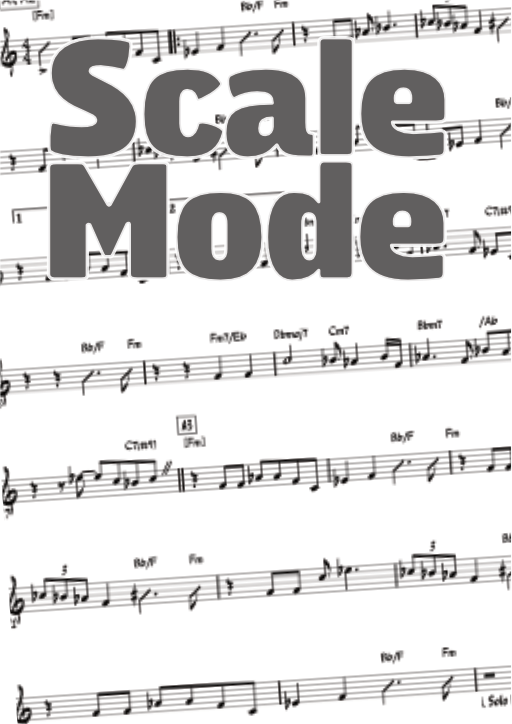
The terms "scale" and "mode" are often used interchangeably, but strictly speaking, there is a significant difference between them in music theory. Although they may share the same set of notes, a scale and a mode or modal scale are not the same thing. It's important to note that a scale and a mode can contain the same notes.

Finally, learn the names of the notes of the fingerboard. Learning the notes of your instrument allows you the flexibility of not having to remember so many shapes. There are simply way too many chords, scale and notes patterns, and shapes to remember. It all comes down the notes.
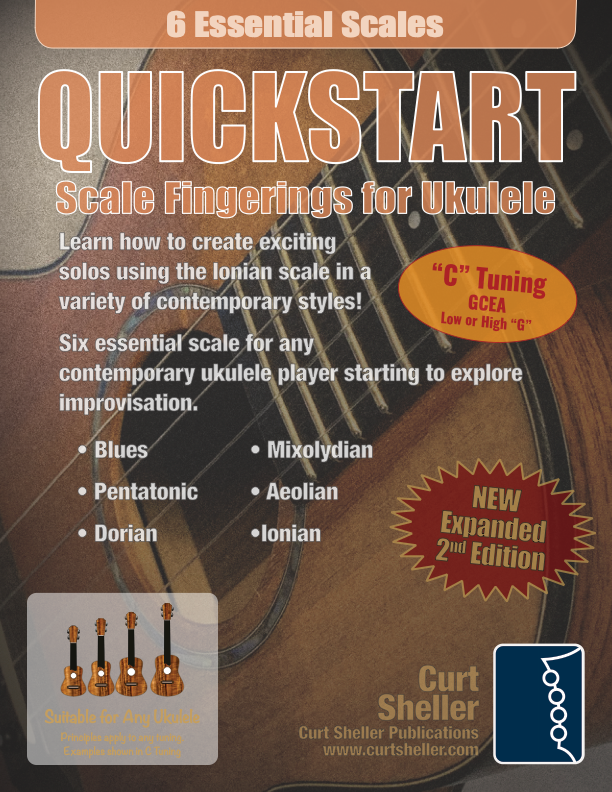
Learn to create exciting solos in a variety of contemporary styles! Scales are used to improvise, create melodies and riffs. With broad knowledge of the essential scales that are used in contemporary music and a mastery of the ukulele's fingerboard and fingering principles, you're well on your way.

Finally, learn the names of the notes of the ukulele fingerboard in C tuning .

Learn the six fingering principles to navigating the ukulele fingerboard. Fingering is one of the most universal topics. Book: Six Secrets of the Ukulele Fingering
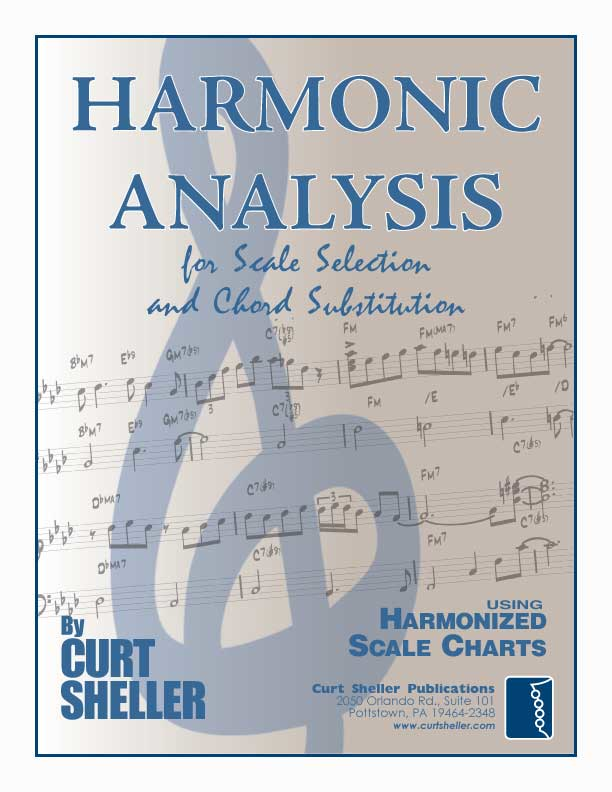
Harmonic Analysis is the understanding of the functional sequence of chords. It is the process used to analyze the harmonic structure of a progression, song or composition. Book: Harmonic Analysis for Scale Selection and Chord Substitution
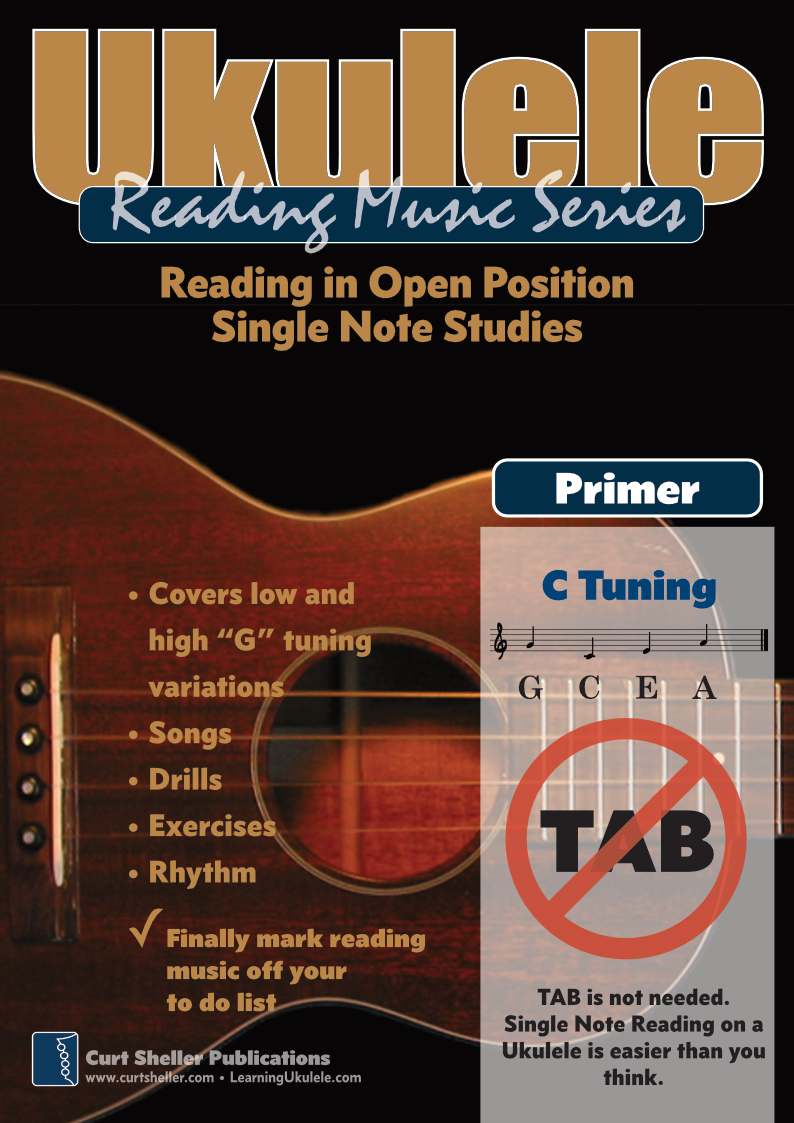
Learn to read single note melodies in the first/open position is a lot easier than you might think. Book: Ukulele – Reading Music Series – Primer
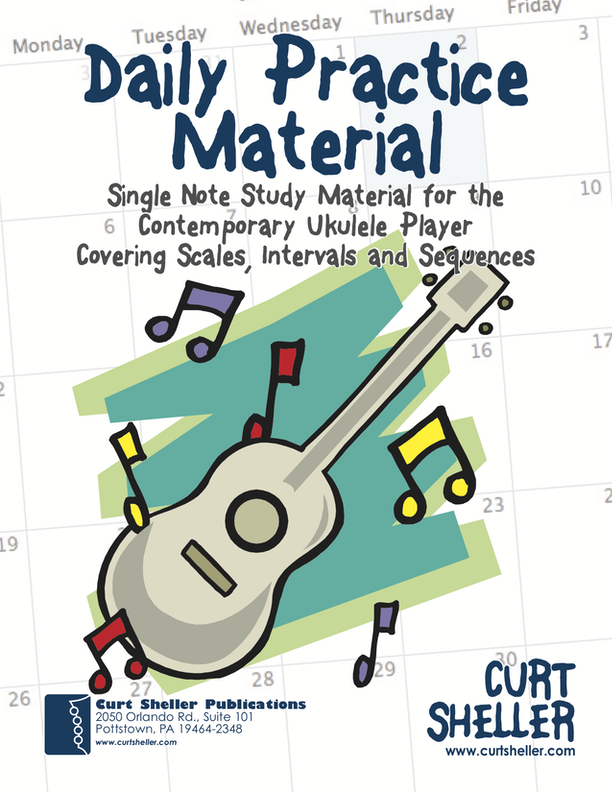
An organized collection of daily practice and reference material for the contemporary ukulele player for developing the vocabulary and knowledge necessary for single note playing. Book: Daily Practice Material for the Contemporary Ukulele
Checkout the Books & Reference Charts for additional Handy, Dandy Reference Charts.
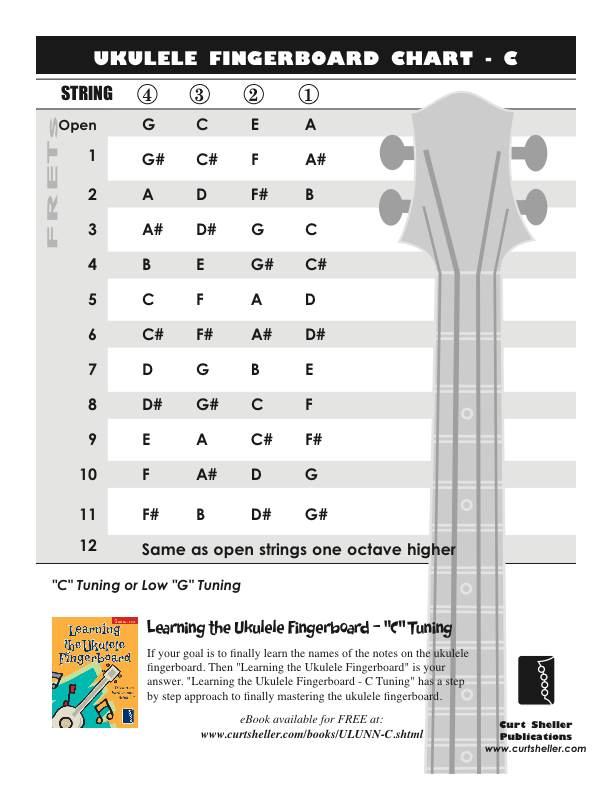
Ukulele Fingerboard Chart for C Tuning, Low or High G – G C E A
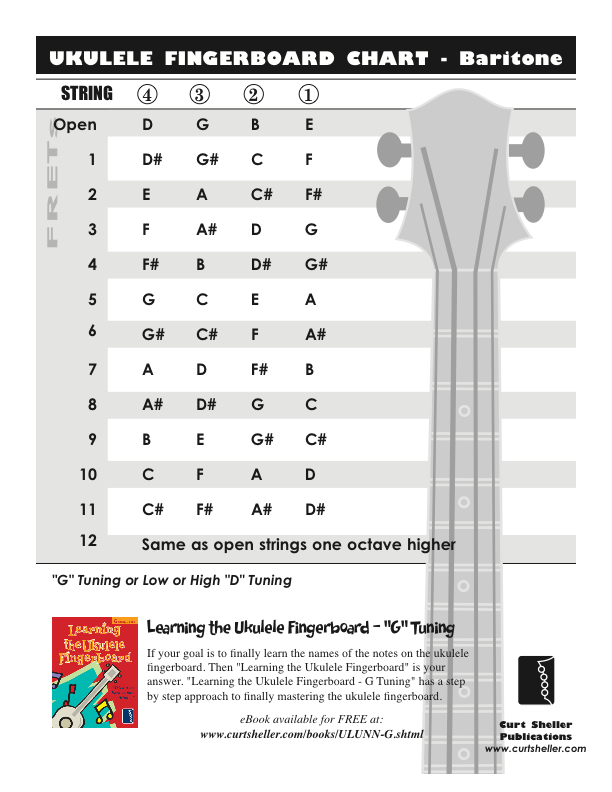
Ukulele Fingerboard Chart for G Tuning, Low or High A – D G B E

A handy reference chart of all 15 major and relative minor key signatures. US Letter 8.5 x 11 sized (ANSI-A), A4
Checkout the Books & Reference Charts for additional Handy, Dandy Reference Charts.

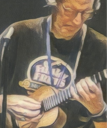
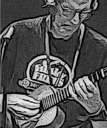
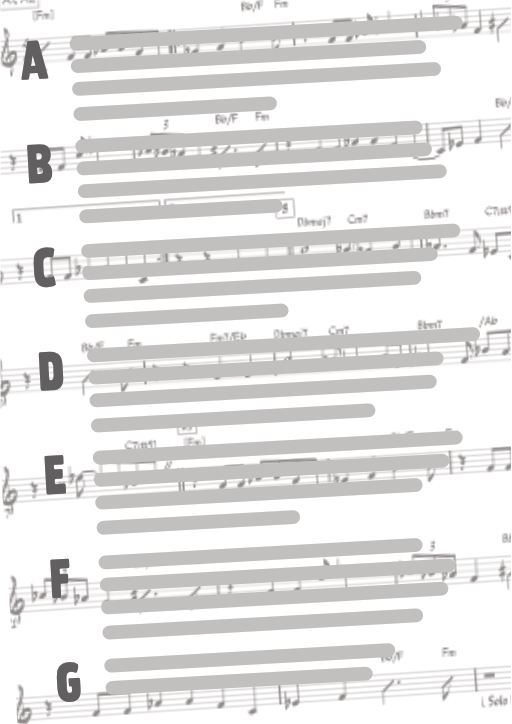

.jpg)